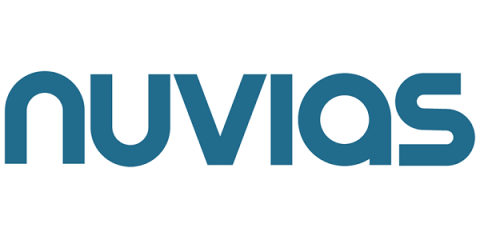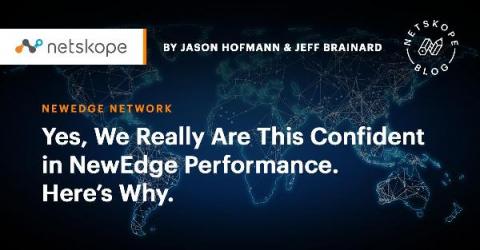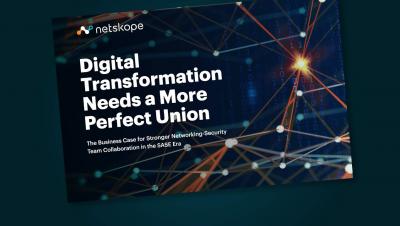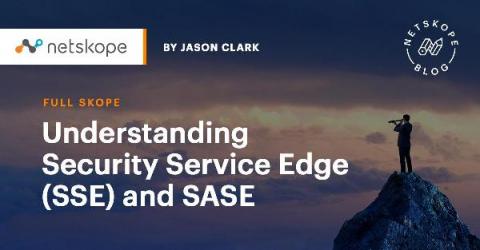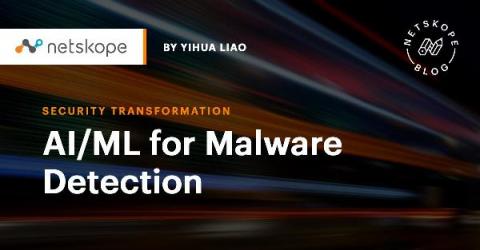Security | Threat Detection | Cyberattacks | DevSecOps | Compliance
September 2021
Yes, We Really Are This Confident in NewEdge Performance. Here's Why.
Over the last year, we’ve made tremendous progress expanding NewEdge to provide Netskope customers with the global coverage they demand. We have real, full-compute data centers in nearly 50 regions today and plans to go live with our Lima, Peru data center in early October (which will be our fifth in Latin America).
Straight Talk Series: Network and Security United
Ask SME Anything: What's the difference between SASE and SSE?
Understanding Security Service Edge (SSE) and SASE
The SASE journey requires reliable partners with truly integrated platform capabilities, not vendors wielding smoke-and-mirrors-style marketing proclaiming “SASE” in giant headlines. But clarity is critical, and both SASE and the more-recently-coined security service edge (SSE) terminology, can be a little confusing.
AI/ML for Malware Detection
Malware detection is an important part of the Netskope Security Cloud platform, complete with a secure access service edge (SASE) architecture, that we provide to our customers. Malware is malicious software that is designed to harm or exploit devices and computer systems. Various types of malware, such as viruses, worms, Trojan horses, ransomware, and spyware, remain a serious problem for corporations and government agencies.


